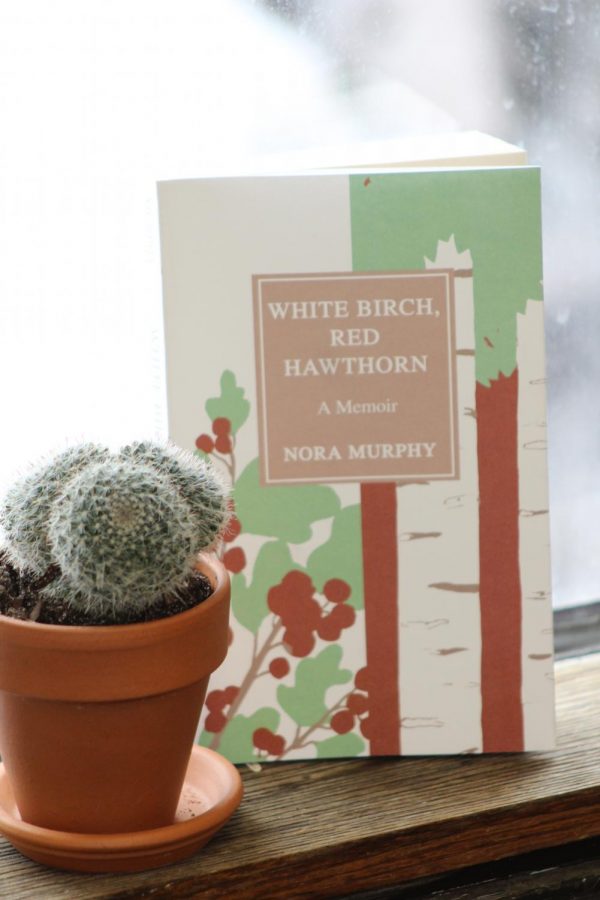Drawing a connection between potatoes and maple trees
Memoir fails to make an impact.
Nora Murphy, a fifth-generation Irish Minnesotan, was not content to accept the seemingly nonexistent history of her family; nor was she content to accept that the land her ancestors settled on was rightfully theirs. Murphy wanted a story, an image, a lineage of those who came before her. Murphy wanted an explanation for the abuse and removal of the Native people from the land they called home.
Murphy’s memoir, White Birch, Red Hawthorn, exists as a documentation of her process to not only discover her family’s origins and unravel the indecencies the members of the Dakota, Ho-Chunk and Ojibwe tribes suffered, but how she was able to link the two in order to find a way to begin to heal the wounds of the Minnesota earth.
Each of her 12 essays is dedicated to a tree significant to Minnesota, in order to blend the worlds of Ireland and the Minnesota wilderness. The use of these landmark trees acts as the overarching framework of Murphy’s memoir, which she uses as a way to call back to the forces of nature that existed before us and gave North America dwellers life before the established America could.
What follows in the twelve essays is a collection of research, personal anecdotes, and general observations in order to weave a web that is educational and well as conversational, attempting to draw readers in before detailing the more technical side of Murphy’s findings.
Although Murphy’s history lessons are tedious and detailed, her inclusion of these facts and figures is her way of reversing the current education system’s teachings. Murphy frequently turns back to the shortcomings of the current American education system in teaching only one viewpoint of history.
In the end, Murphy believes her memoir will elicit from others a motivation to connect with one’s own beginnings, no matter how humble those might be, and repent for the atrocities of one’s ancestors and country by listening to the people who have seemingly lost everything at the hands of others.
Despite her good intentions, Murphy’s memoir lacks candor.
While no one can deny or argue against Murphy’s personal journey, it is a journey that failed to resonate with this reader.
Murphy makes a tremendous effort to accept the wrongs of her ancestors and atone for these wrongdoings, but at the end of the day Murphy is still a fifth-generation Irish Minnesotan who did not endure any of the struggles she details personally.
At the memoir’s completion, Murphy implores readers to listen in order to engage in the healing cycle. In her connection with her past, the generations of Ojibwe, Dakota and Ho-Chunk who still reside in Minnesota, and the trees important to both the Irish and native people, Murphy aims to inspire readers to follow a similar journey in order to heal both his or herself and the greater community we all share.
Her friendships with native people that led to her own humility are sincere and heartwarming, but until one has these same experiences, it is easy for a reader to write off Murphy’s memoir as just another instance of one white woman trying to atone for the atrocities of man.


